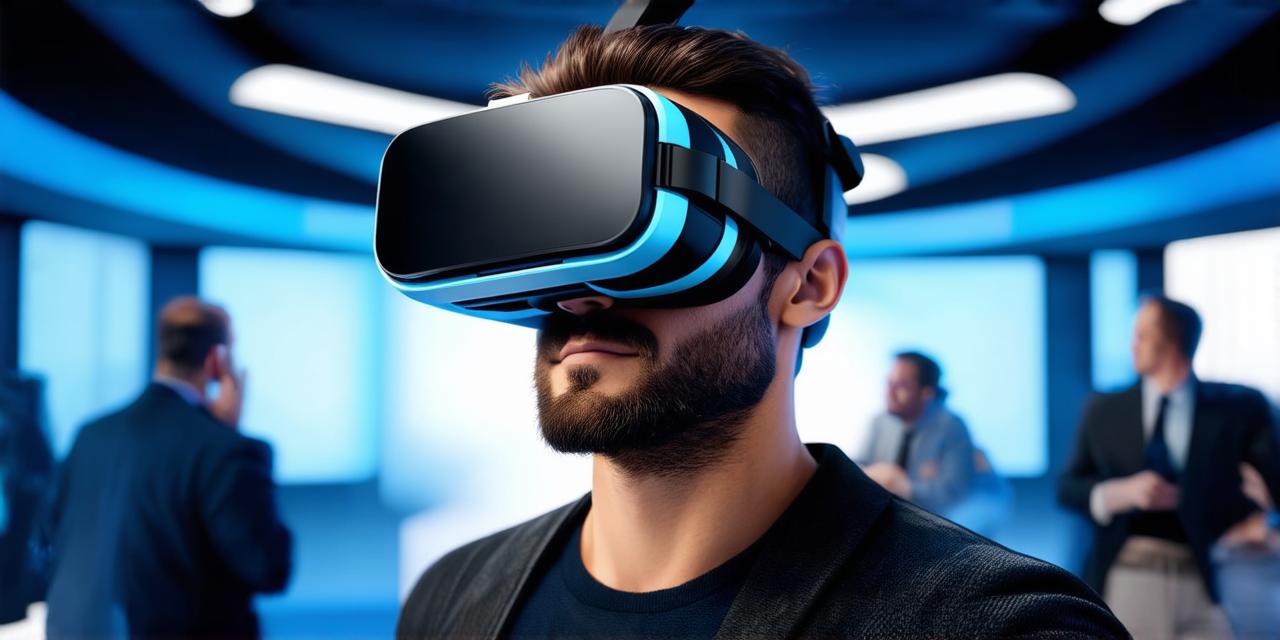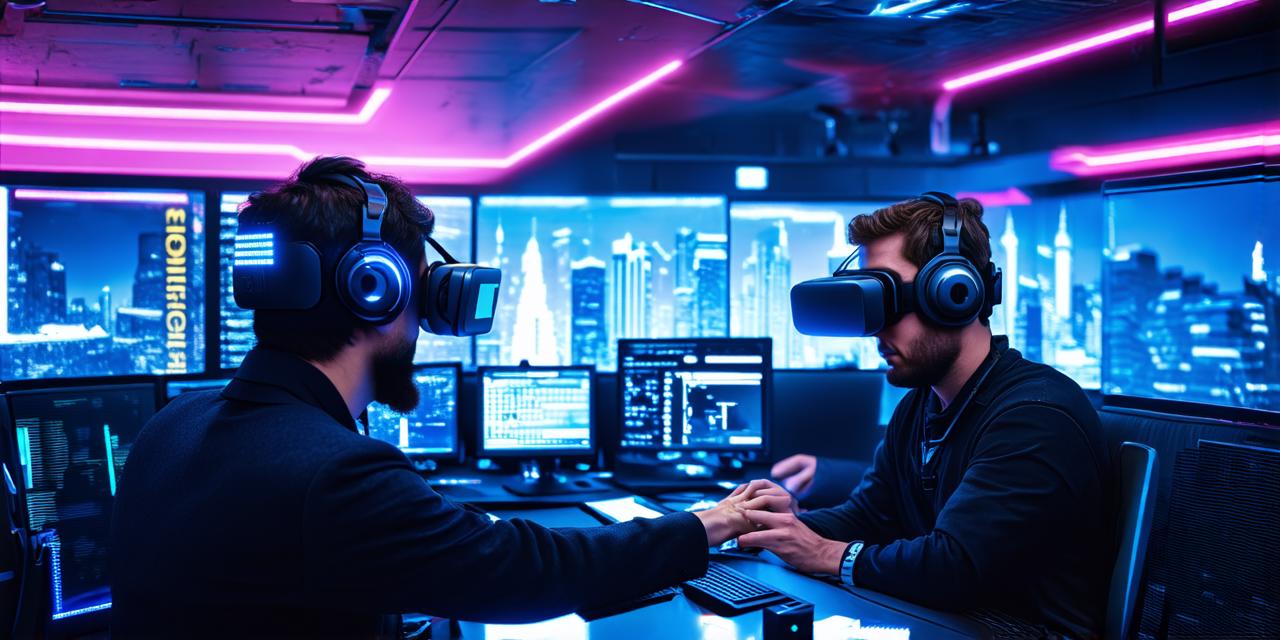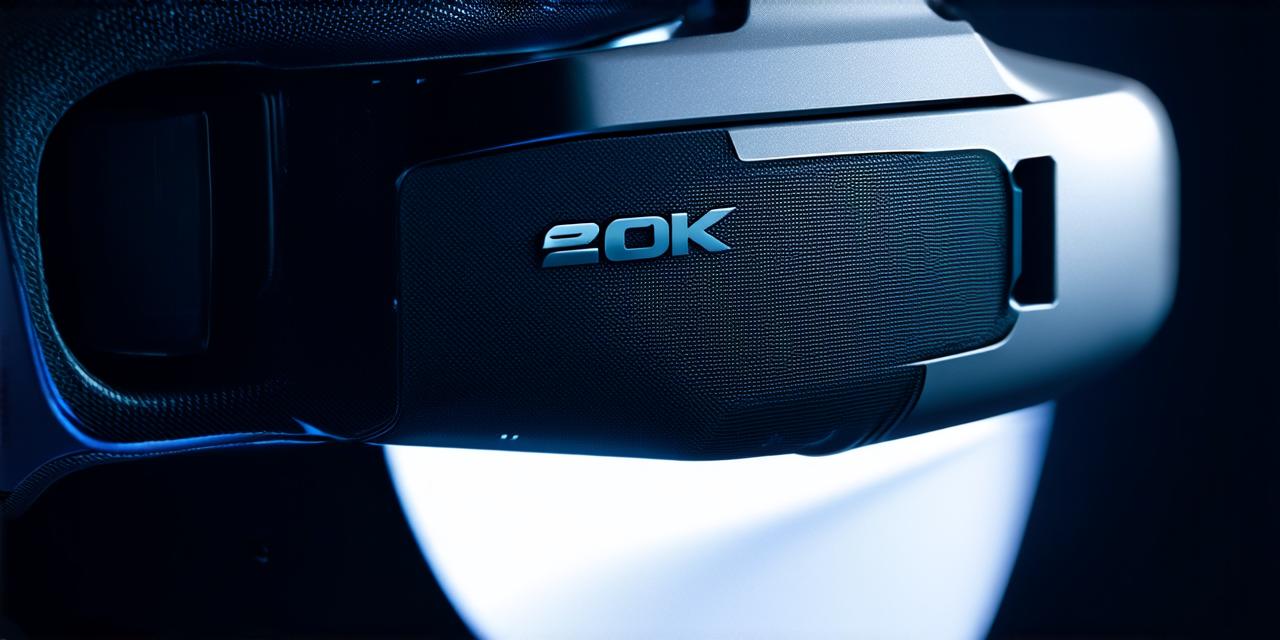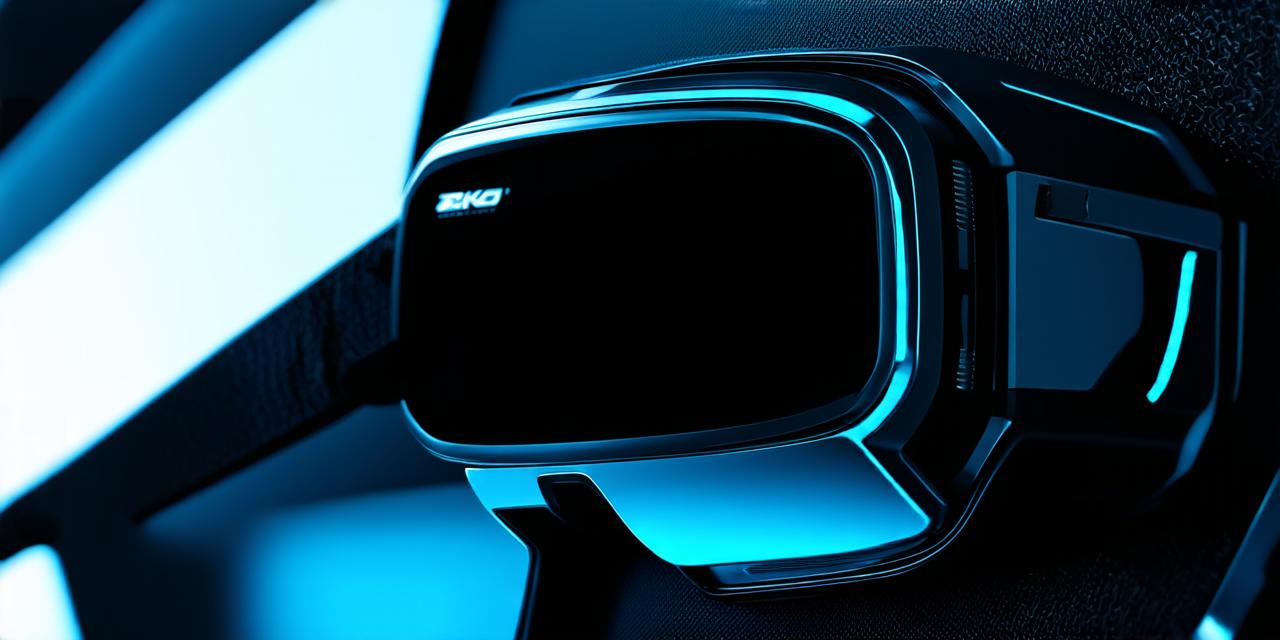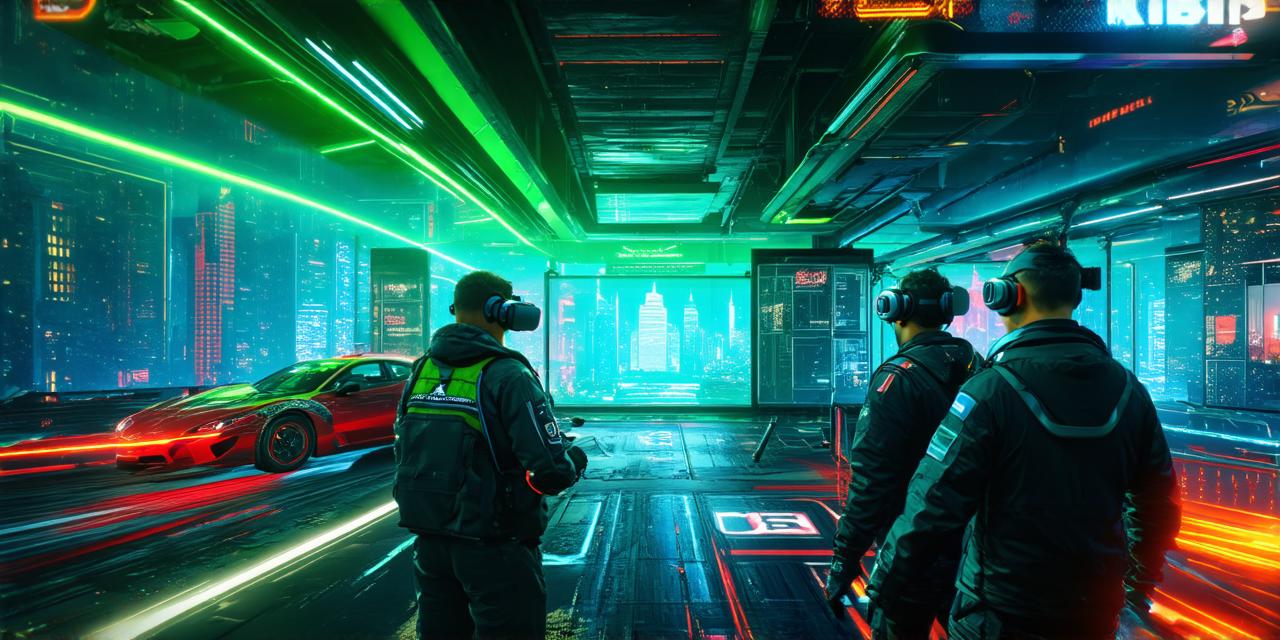Virtual reality (VR) is a burgeoning technology that has been gaining popularity in recent years. It has the potential to revolutionize the way we interact with the world and how we experience entertainment, education, and more. However, as with any new technology, marketing VR can be a challenging task. In this comprehensive guide, we will explore the key strategies and tactics that AR developers should use to effectively market their virtual reality products.
The Importance of Virtual Reality Marketing
Virtual reality is a highly immersive technology that allows users to experience a simulated environment in a way that feels as real as possible. This makes it an incredibly powerful tool for engaging and entertaining audiences, as well as for providing unique educational and training experiences. However, as with any new technology, marketing VR can be a challenging task. Without effective marketing, it can be difficult to reach potential users and convince them of the value of virtual reality.
The Benefits of Virtual Reality Marketing
Virtual reality offers a number of benefits that make it an attractive option for marketers. These include:
- Increased engagement: VR provides a highly immersive experience that can capture and maintain user attention in a way that traditional marketing methods cannot.
- Improved storytelling: Virtual reality allows marketers to create interactive, 360-degree experiences that can be used to tell stories and convey messages in a more engaging and memorable way.
- Enhanced product demonstrations: VR provides an ideal platform for showcasing products and services in a highly immersive and interactive way.
- Training and education: Virtual reality can be used to provide unique educational and training experiences that are both effective and engaging.
- Cost savings: By reducing the need for physical products or locations, virtual reality can help marketers save money on production, transportation, and other expenses.
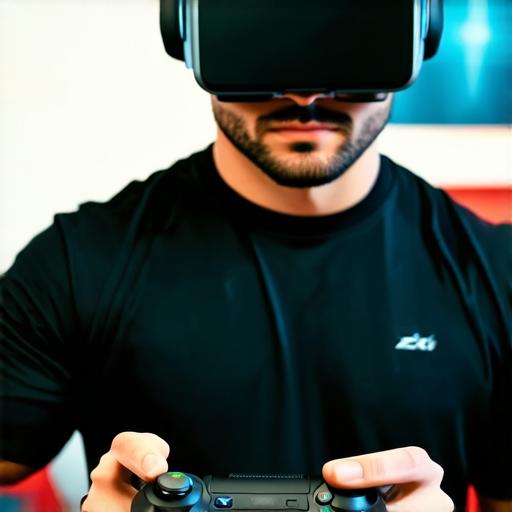
Marketing Virtual Reality Products
There are a number of strategies and tactics that AR developers should use to effectively market their virtual reality products. These include:
- Developing a strong brand identity: A strong brand identity is essential for any product, but it’s especially important for virtual reality products. The brand identity should reflect the unique qualities of the product and resonate with the target audience.
- Creating compelling content: Virtual reality provides an ideal platform for creating compelling content that can engage and entertain audiences. This includes interactive experiences, 360-degree videos, and other forms of immersive media.
- Targeted advertising: Targeted advertising is essential for effectively reaching potential users and convincing them of the value of virtual reality. This includes using social media platforms, search engines, and other online channels to reach the target audience.
- Partnering with influencers: Partnering with influencers who have a strong following in the target market can be an effective way to promote virtual reality products. Influencers can help build awareness and generate interest in the product, as well as provide valuable feedback and insights.
- Offering free trials and demos: Offering free trials and demos of virtual reality products can be a great way to generate interest and get potential users to try the product for themselves. This can help build trust and credibility with the target audience, as well as provide valuable feedback for improving the product.
- Attending trade shows and events: Virtual reality is still a relatively new technology, and there are many trade shows and events that focus on showcasing virtual reality products. Attending these events can be an effective way to generate buzz and build awareness for the product.
- Providing excellent customer support: Excellent customer support is essential for any product, but it’s especially important for virtual reality products. Virtual reality can be complex and difficult to use, so providing clear and helpful support can help users get the most out of the product.
Real-Life Examples of Effective Virtual Reality Marketing
There are many real-life examples of effective virtual reality marketing that AR developers can learn from. Here are a few:
- The North Face’s “Venture 360” campaign: In 2015, The North Face launched a virtual reality campaign that allowed users to experience the beauty and adventure of the outdoors in a highly immersive way.
